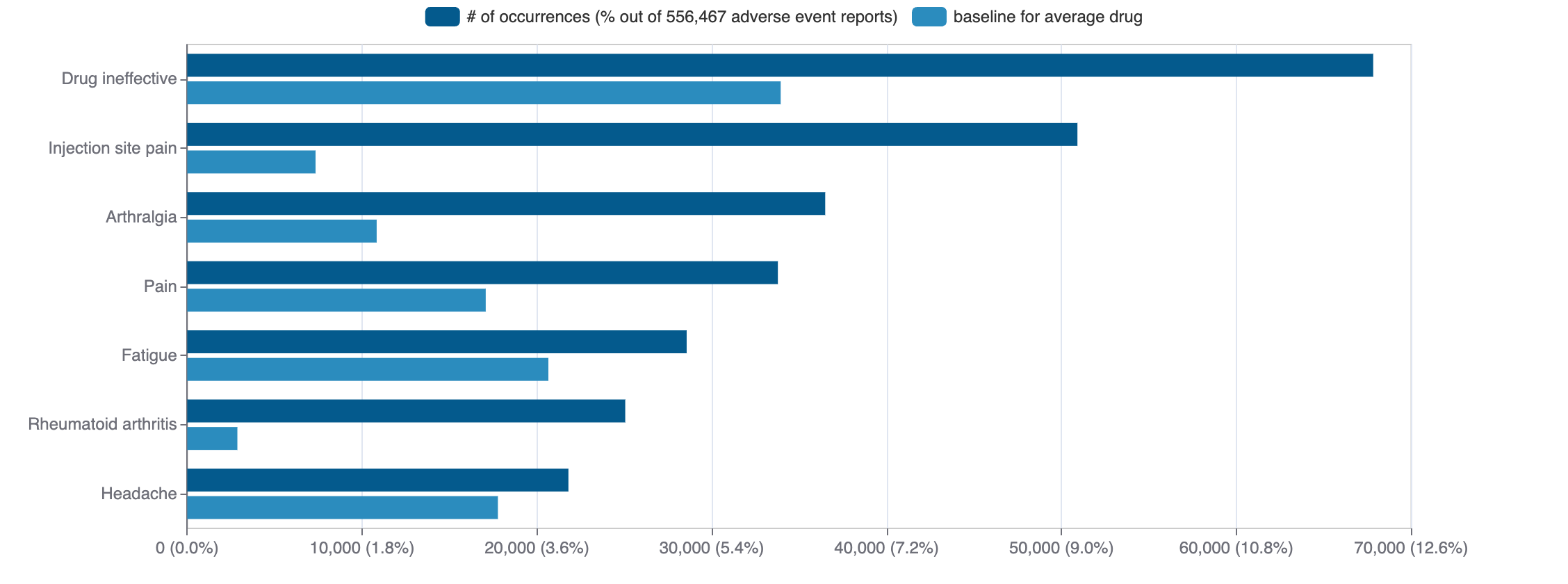Spinosad
Natroba (spinosad) is a small molecule pharmaceutical. Spinosad was first approved as Natroba on 2011-01-18. It is used to treat lice infestations in the USA.
Download report
Favorite
Commercial
Trade Name
FDA
EMA
Natroba
Drug Products
FDA
EMA
New Drug Application (NDA)
New Drug Application (NDA)
Abbreviated New Drug Application (ANDA)
Abbreviated New Drug Application (ANDA)
Spinosad
Tradename | Company | Number | Date | Products |
|---|---|---|---|---|
| NATROBA | ParaPRO | N-022408 RX | 2011-01-18 | 1 products, RLD, RS |
Agency Specific
FDA
EMA
Expiration | Code | ||
|---|---|---|---|
SPINOSAD, NATROBA, PARAPRO LLC | |||
| 2024-04-28 | I-858 | ||
ATC Codes
No data
HCPCS
No data
Clinical
Indications Phases 4
No data
Indications Phases 3
No data
Indications Phases 2
No data
Indications Phases 1
No data
Indications Without Phase
No data
Epidemiology
Epidemiological information for investigational and approved indications
View more details
Drug
General
| Drug common name | SPINOSAD |
| INN | — |
| Description | Spinosad is an insecticide based on chemical compounds found in the bacterial species Saccharopolyspora spinosa. The genus Saccharopolyspora was discovered in 1985 in isolates from crushed sugarcane. The bacteria produce yellowish-pink aerial hyphae, with bead-like chains of spores enclosed in a characteristic hairy sheath. This genus is defined as aerobic, Gram-positive, nonacid-fast actinomycetes with fragmenting substrate mycelium. S. spinosa was isolated from soil collected inside a nonoperational sugar mill rum still in the Virgin Islands. Spinosad is a mixture of chemical compounds in the spinosyn family that has a generalized structure consisting of a unique tetracyclic ring system attached to an amino sugar (D-forosamine) and a neutral sugar (tri-Ο-methyl-L-rhamnose). Spinosad is relatively nonpolar and not easily dissolved in water.
|
| Classification | Small molecule |
| Drug class | — |
| Image (chem structure or protein) | |
| Structure (InChI/SMILES or Protein Sequence) | CC[C@H]1CCC[C@H](O[C@H]2CC[C@H](N(C)C)[C@@H](C)O2)[C@@H](C)C(=O)C2=C[C@@H]3[C@@H](C=C[C@@H]4C[C@@H](O[C@@H]5O[C@@H](C)[C@H](OC)[C@@H](OC)[C@H]5OC)C[C@@H]34)C2CC(=O)O1.CC[C@H]1CCC[C@H](O[C@H]2CC[C@H](N(C)C)[C@@H](C)O2)[C@@H](C)C(=O)C2=C[C@H]3[C@@H]4C[C@H](O[C@@H]5O[C@@H](C)[C@H](OC)[C@@H](OC)[C@H]5OC)C[C@H]4C(C)=C[C@H]3[C@@H]2CC(=O)O1 |
Identifiers
| PDB | — |
| CAS-ID | 168316-95-8 |
| RxCUI | 299081 |
| ChEMBL ID | CHEMBL4297065 |
| ChEBI ID | — |
| PubChem CID | 17754356 |
| DrugBank | DB08823 |
| UNII ID | — |
Target
Agency Approved
No data
Alternate
No data
Variants
Clinical Variant
No data
Financial
No data
Trends
PubMed Central
Top Terms for Disease or Syndrome:

Mock data
Subscribe for the real data
Subscribe for the real data
Additional graphs summarizing 1,862 documents
View more details
Safety
Black-box Warning
No Black-box warning
Adverse Events
Top Adverse Reactions

Mock data
Subscribe for the real data
Subscribe for the real data
19 adverse events reported
View more details
Premium feature
Learn more about premium features at pharmakb.com
Learn more
